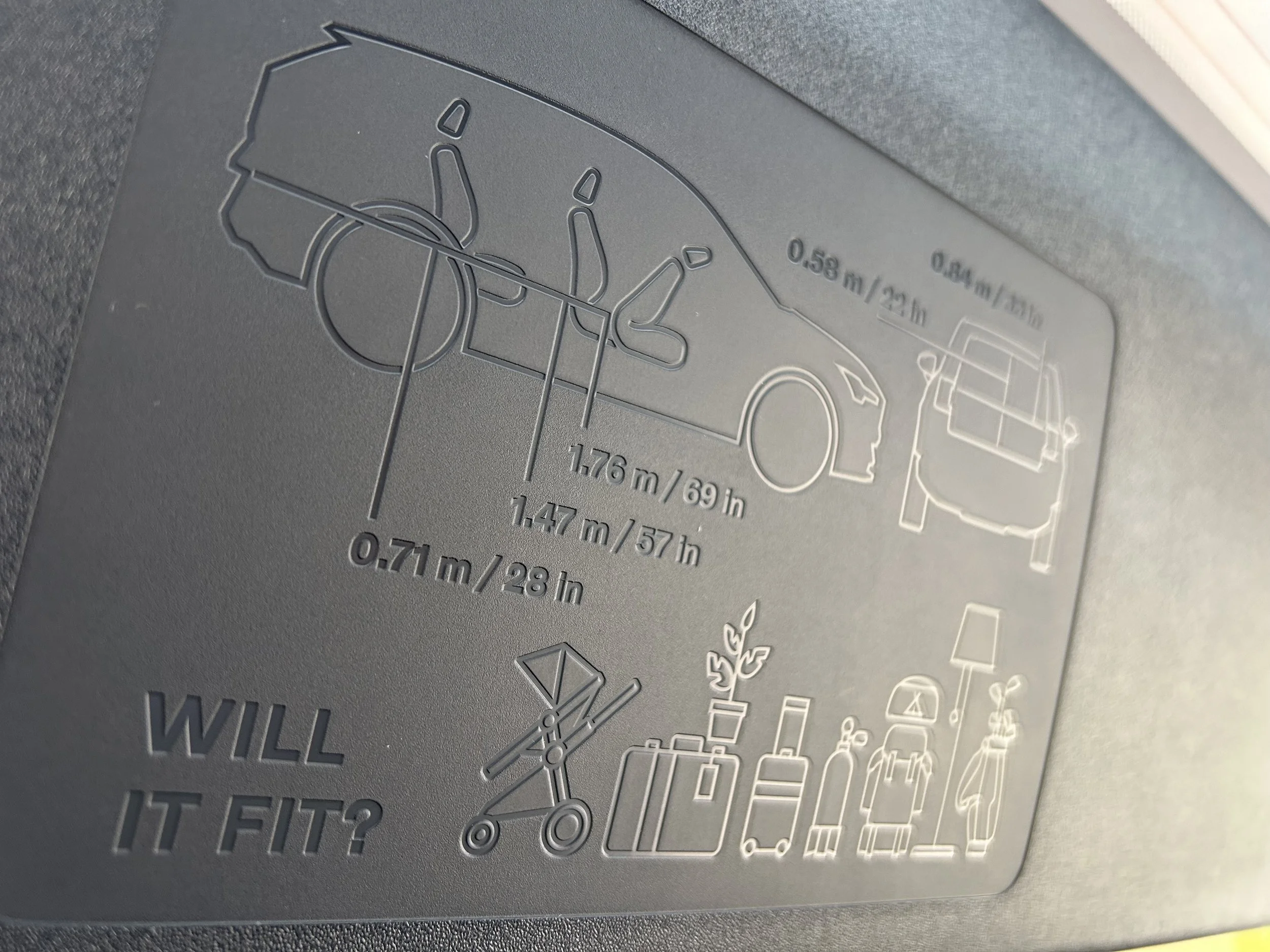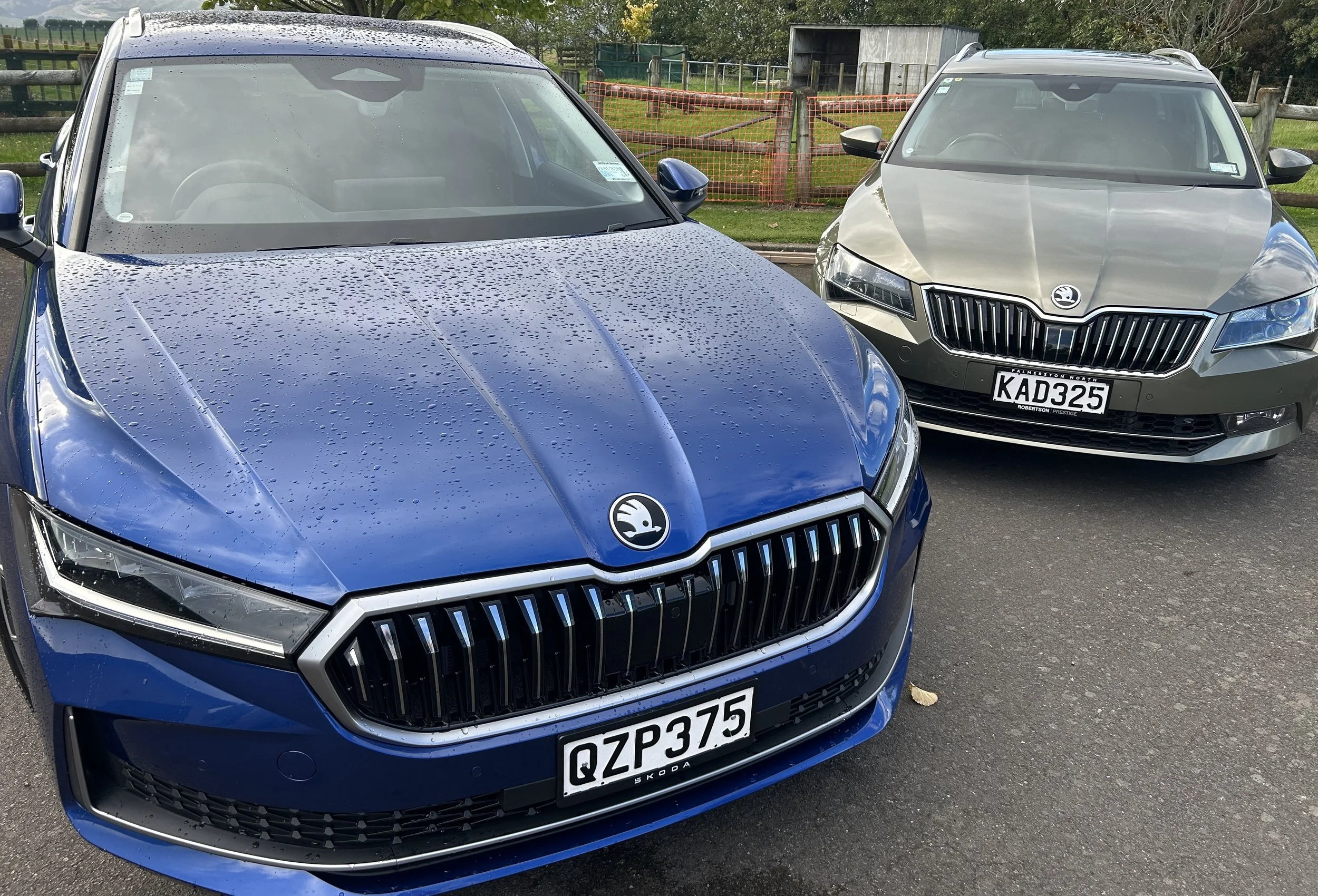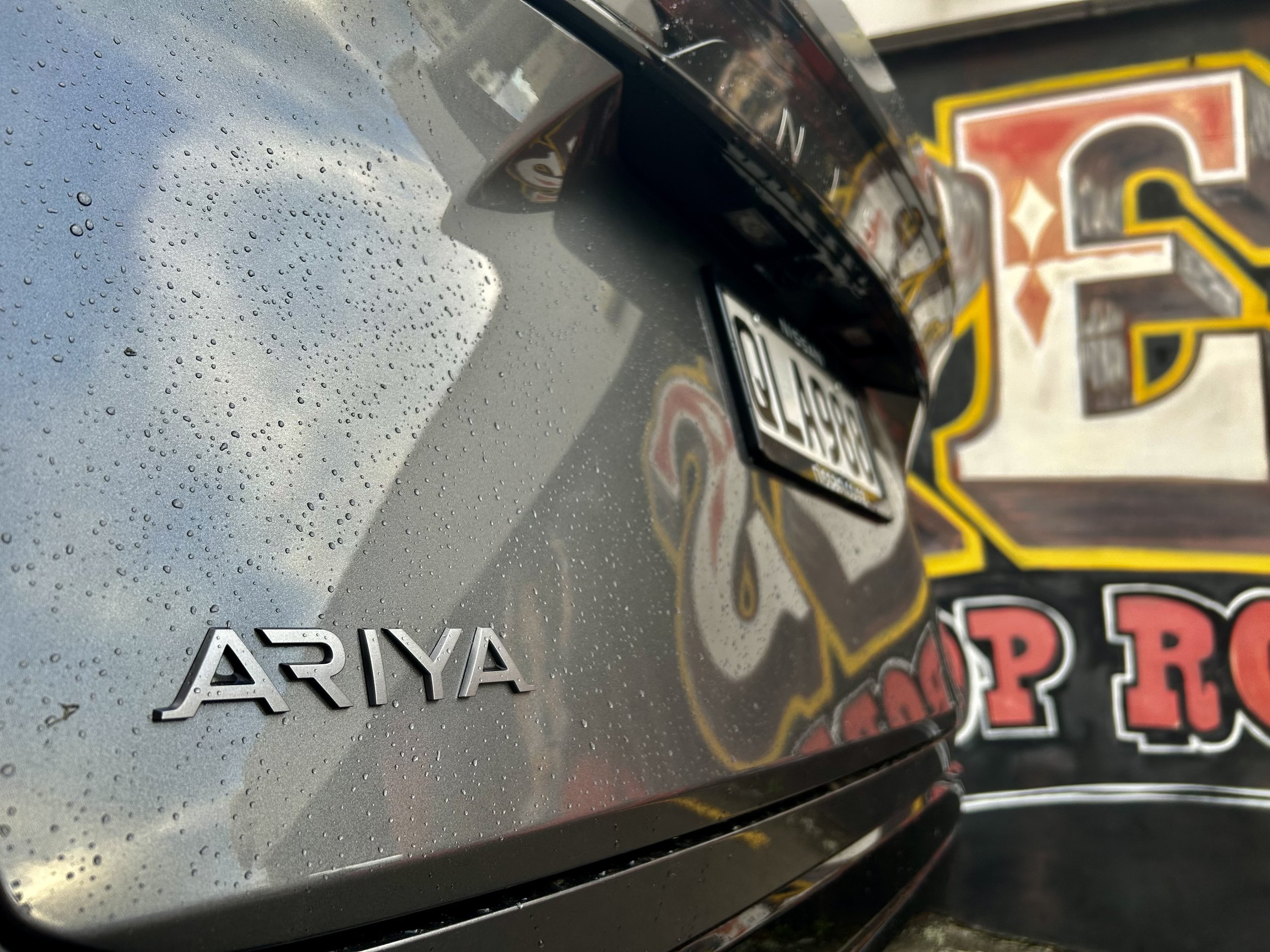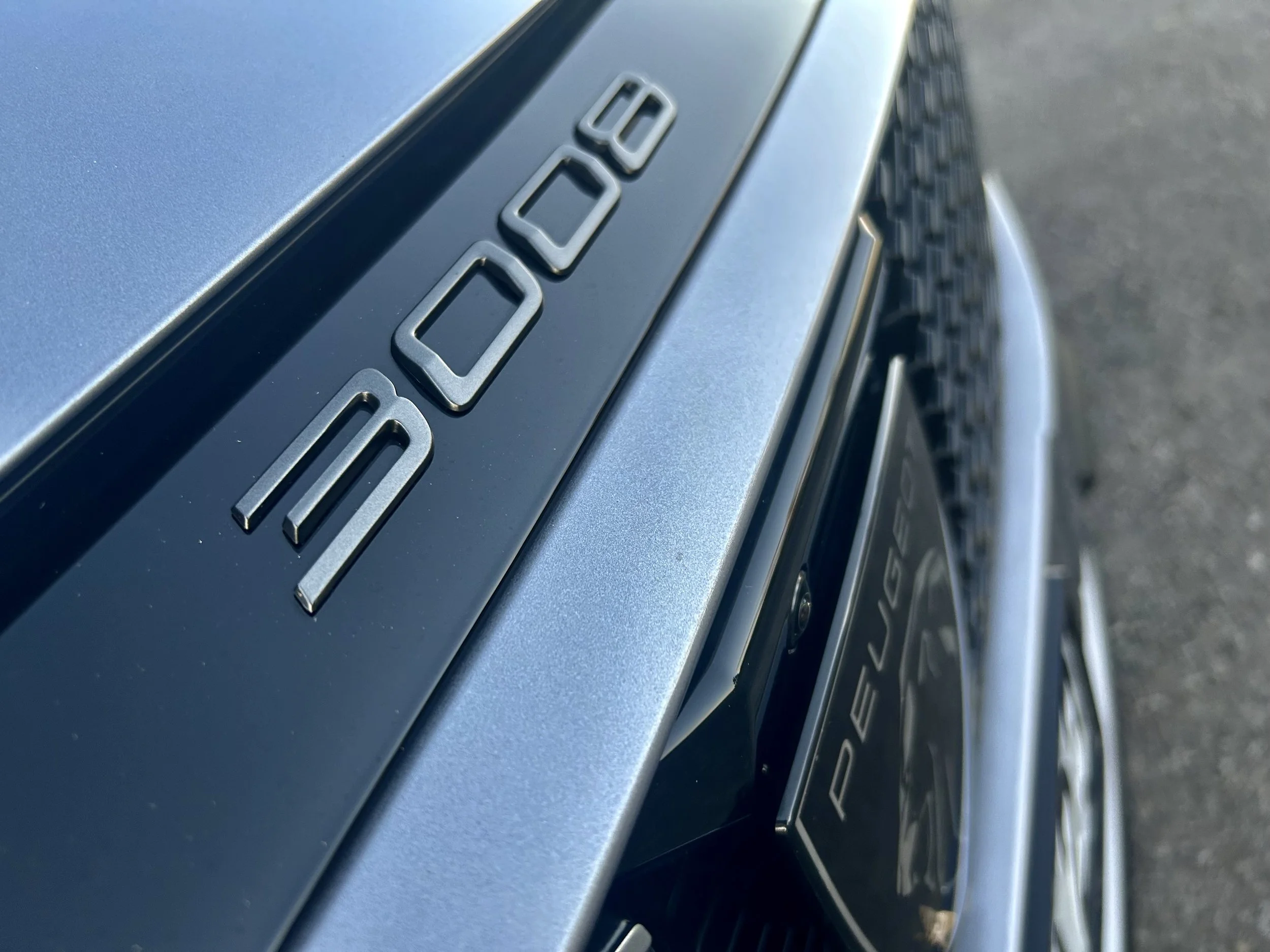Volvo EX30 Ultra road test review: Fresh taste for Swede toothed
/The latest Gothenburg car is from China, but it’s no Scam-dinavian.
Price: $84,990
Powertrain: dual electric motor, all-wheel-drive, 315kW/543Nm, 69kWh battery, single speed.
How big: Length, 4233mm; width, 1838mm; height, 1550mm.
We like: Smart design; strong performance; excellent ride quality.
Not so much: Touchscreen diverts attention and prompts can be laggy; needs a HUD; radio tuner.
WHEN my favourite radio station finally came through crisp and clear, it was but for the briefest time; moments later, reception began to fade out again.
An enduringly firm connection was never achieved during my week’s tenure.
The Volvo EX30’s resistance to permanently pinning down any radio stations, preferred or otherwise, during my stint was weird, a sore Thor point I hadn’t expected.
Brand feedback is that it stems from this car being designed to exclude station selection from direct human involvement and instead allow software to call the shots, in doing so accepting just the strongest signal strengths. In my regional location, none were strong enough. Life in a big city might be another matter.
Volvo NZ has asked for the factory to alter the settings. It’ll likely be a software update; the car is set up for OTA. Another impending one is to allow the Android Automotive-themed Google infotainment to deliver Apple Carplay in its native format.
That’d also personally appeal, because all other Volvos have CarPlay and, also, by using an interface I’m more familiar with, I’d be spending less time turning attention to the car’s control centre. A single, large screen in the middle of the dashboard.
You might likely already know about the design decision that means virtually every aspect of hand-involved operability requires interaction with this. Beyond the column stalks and a couple of individual buttons (such as the hazard switch, mounted on the roof), there are almost no physical buttons at all.
Everything else - not just expected functions like the audio, heating and ventilation and sat nav - is controlled through the 12.3-inch portrait-style screen in the centre of the dash. Adjusting the wiper settings? The mirrors? Opening the glovebox? Use the screen.
Does this remind you of another EV of the moment? Has Volvo also taken a step too far in an ever-deepening obsession within car design for minimalist interior ideals? Erm, maybe. In the sort term, it’s a challenge. In the long? Yeah, you’d find a way to live with it. Maybe.
As an expression of switchgear and button agnosticism, the EX30 going in deep, to point that even the remote is buttonless ( you just walk up and hope it unlocks, walk away and hope it shuts down) has riled many, to point of defining attitude toward what is, overall, a clever, captivating and capable creation.
For look, layout and general operability, the large, portrait-oriented multimedia touchscreen is brilliantly-executed; in addition to its regular car-centric involvements, it is a glorious portal for online viewing. In car mode, there are great ideas. IT breaks down into zones, with essential driving data including car speed displayed just at the top of the screen and shortcuts to frequently used functions at the bottom. There is also a 'Calm View' that shows only the essential info.
And, yet, Volvo's adamancy that the single big screen is wholly safe and sensible to use seems a touch tenuous nonetheless. For me, it’s still potentially just a bit too smart for it’s own good when the car is in movement because of the risk of being distracted. Some basic actions - adjusting the air conditioning or the stereo volume - ask for too many clicks and too much attention to really feel safe.
In that respect, it has the same challenges as the one used by that certain other electric product, delivered by that middle-aged billionaire chief executive with self-serving Libertarian views, increasingly racist politics, and a Messiah complex” (to quote John Oliver).
Tesla can get away with it because … well, because it’s Tesla. Volvo should give more thought because it’s Volvo; historically the one make most reliably engaged in safe sensibility.
And there’s the ultimate irony about how the EX30 operates. Having created a set-up that will likely divert attention, it also does its best to stop that, by employing an extremely diligent driver attention monitoring. I can assure that ANY sign of wandering attention or perceived tiredness will be pounced upon. I suspect it might alarm to even aberrant eye movement. Slow blinkers beware.
So, this side of thing requires reconsideration. A driver's instrument panel, maybe a head-up display for the windscreen, would be useful, I feel.
Beside this, the EX30 is really promising. It’s a boxy car that’s out of the box, in respect to design thinking, that delivers some utterly creative ideas so brilliant in their simplicity you wonder how the rest of the car world can’t see them.
One such is in-your-face. It’s the audacious and brilliant idea of ditching the usual array of speakers in doors and pillars and so on for the simple expedient of incorporating a sound bar across the base of the windscreen. A big saving, such clean design and, wow, the audio quality is stunningly good.
The car’s entire design, inside and out, is eclectic, yes, and undoubtedly divisive. But on a whole it is quite far-reaching and very fitting for the role and for the moment. The electric side of things? Again, extremely well-conceived. The car’s dynamic feel is above and beyond the normal EV experience. I loved the ride quality.
What’s also laudable is that the smallest car in Volvo’s range has the same commitment to occupant well-being as any other; the loading of systems to ensure it is safe for occupants and other road users is impressive. So far there is no ANCAP/Euro NCAP rating, but you’d imagine it looks set for a strong one.
Green credentials are important, now. The EX30’s are solid as. It has been designed with the aim of having a smaller carbon footprint than any previous Volvo and to also be more recyclable.
To meet this it contains 25 percent recycled aluminium and 17 percent recycled steel, with a further 17 percent of its plastic content coming from recycled sources.
Strong use of recycled materials is made inside, particularly PET plastic bottles; the big dashboard and door trim panels are made of variations on the recycled plastics theme. Some of these look better than others, but they do help the EX30 to achieve an impressively low claimed full-lifecycle carbon emissions figure. The use of sustainable materials, including flax and wool, isn’t a cheapening of the prestige aura, because those presentations are to an obviously quality level.
The price? Volvo is premium, if not quite as premium as some other top-line Euros. But I think this car is well-positioned. While absolute ostentation is out, it has a feel of being very well rendered and designed.
Plus those little touches, such as the interior door handles not only being metal, not plastic, not only really lift the cabin but also impress this is a properly Scandinavian effort. Which will be a relief to those who wondered about where the Geely ownership was taking this brand.
In EX30’s case, it means taking it from Zhangjiakou, China, rather than Gothenburg. That makes sense. For one, it makes supply all the easier; for another, apart from being a world leader in electric, China has the manufacturing capacity to meet any demand.
The other thing about EX30 is that is has a naturally ‘electric’ ambience. You know, before starting it, that this is a battery-dedicated car; it just has that air about it. That’s important because Volvo is committed to becoming a fully-electric brand by 2030. Already almost half of all new Volvo cars produced globally last year were rechargeable, a fourth were all-electric.
EX30’s choice of batteries begins with a 49kWh (usable) lithium-iron phosphate battery, we don’t yet see, but might. It’s cheaper to build and potentially more robust than traditional lithium-ion packs; the downside is lower energy-efficiency. Volvo NZ’s wariness about the place for a type that at best lends 344 kilometres’ range is why NZ for now takes just the alternate 64kWh unit, which is based on more familiar lithium-ion chemistry.
With that marriage EX30 comes in 200kW/343 single motor type in Extended Plus and Ultra trims at $74,990 and $78,990 respectively and 479kms’ range. On test here is the ultimate level choice, a 315kW/543Nm dual motor, also in Ultra trim, for $84,990. It costs $1000 less than the cheapest C40 and CX40 in single motor format and offers a 460km range, according to global WLTP estimate.
The dual motor has a real surprise element. Electrics are always snappy, but even in that company it is especially smart off the line. Ability to crack 0-100kmh in 3.6 seconds is enough to concern serious sports cars. That something that is outwardly quite humble should be so absurdly quick is something some owners will inevitably delight in demonstrating.
While the car itself is not overtly sporty, it does feel okay with all that zip. The brakes in particular feel up to reining it all in and the one-pedal driving setup, which uses largely regenerative braking, is well calibrated and can bring the EX30 to a complete stop in traffic.
My usual long drive delivered a mixed route of hilly quiet country roads, more flowing roads with more traffic and even a small degree of motorway use, along with some urban driving. It sat at around 18kWh/100km with the air conditioning going.
As said, as much as it is not an outright driver’s car, it is very pleasing to drive. The chassis tuning is very good for NZ roads, not least on coarse chip. There’s good grip, but more than this the car feels agile and sweet, with a very decent balance between body control and bump absorption. Being electric, it of course hefts weight (around 1800kg) but, for all that, doesn’t feel overly affected. For most people most of the time, it will be a car to crow about. Another high plus point is the refinement. Even though 20 inch rims with 245/40 rubber are standard, there’s not a lot of tyre noise and those trendily-styled frameless door mirrors generate just the faintest of wind rustle.
Ability to tailor the car’s feel to suit your mood goes beyond some ride tune adjustment. You can also mess around with steering feel; again by using the touchscreen which regrettably means having to flick into sub-menus. Whether it’s worth there trouble is moot; all three modes seemed commonly light and quick to me. That’s good for city driving, where the EX30 excels because of its pert dimension and support from an excellent surround-view camera system.
The dual motor has the highest towing capacity of 1600kg, a 200kg advantage over the single motor. The battery can be charged at up to 175kW on DC and there's the option to increase the 11kW AC charging rate to a more useful 22kW.
All this is wrapped in a body that, of course, deliver Volvo's latest design language, with a new interpretation of the 'Thor's Hammer' lighting signature and an equally trendy split rear light cluster. These elements work well on a car with minimal front and rear overhangs yet will likely fully settle in once a much larger sister ship on this styling voyage, the range-topping EX90 seven-seat SUV, lands early next year.
Volvo’s clean, relatively simple look defined by a blunt front end and fairly generic crossover rear isn’t quite singular, because it also shares with Polestar, which might or might not be considered Volvo-related depending on sentiment.
While the test car’s Moss Yellow guaranteed attention, it will in any colour be of interest to design addicts, as there are so many neat little touches; from how pixel-style LED lights can flip and twist in all sorts of interesting patterns to all sorts of little surprise and delight twists, like the pictogram in the boot showing what will fit (including a robot).
It’s going to be fine as a family car, a bit tight as an adults-only four-up packaging. The front part is very practical, with lots of oddments provision including a large open storage area between the seats, with its own shallow lidded section with two USB-C sockets, and there are two slide-out cupholders in the big centre armrest. There's also a wireless phone charging pad at the base of the dashboard.
In the back, passengers also get a handy slide-out storage area in the centre console for themselves, along with more USB-Cs, and the seats are comfy, with okay head (thanks in part to the big glass roof not having a roller blind) and shoulder room. It’s legroom that going to be very tight.
In the boot, there's 400 litres of space if you're prepared to load it to the roof, or 318 litres if you're loading up to the luggage cover. There's a small, but useful, space in the 'frunk' too.
Overall, the EX30 presents as a firm step into the future for Volvo. The challenge for some is that it perhaps does so a little too emphatically. Overall, though, you cannot help but see it as a perfectly-timed good thing for a sector that still cries out for creativity.























